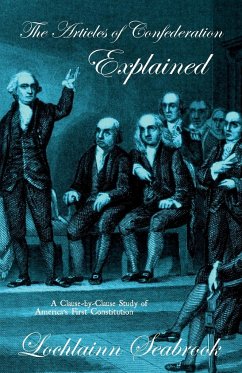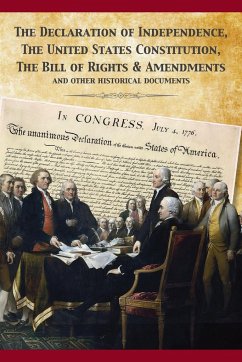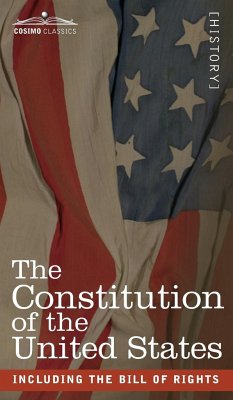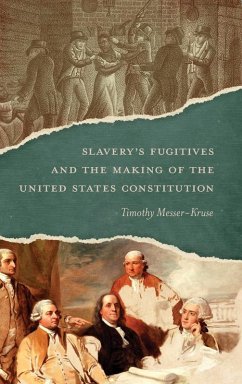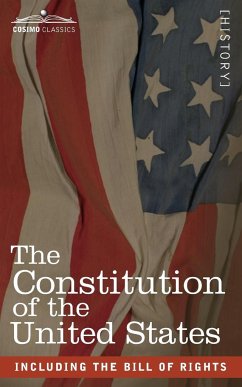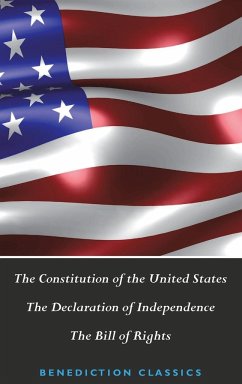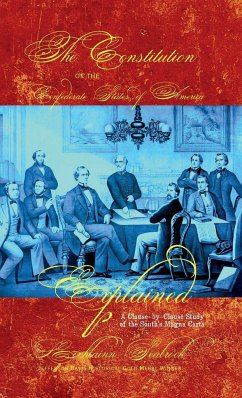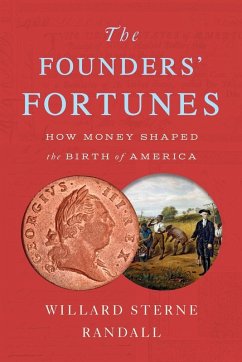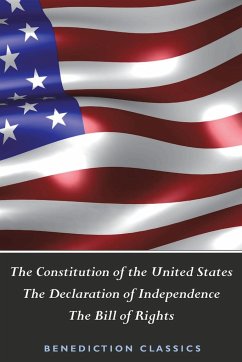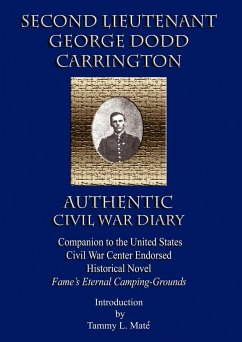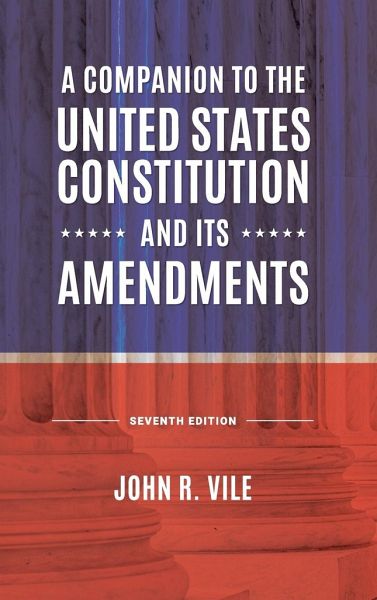
A Companion to the United States Constitution and Its Amendments
Versandkostenfrei!
Versandfertig in 1-2 Wochen
79,99 €
inkl. MwSt.
Weitere Ausgaben:

PAYBACK Punkte
40 °P sammeln!
The U.S. Constitution and its 27 amendments (including the Bill of Rights) is a living document, as evidenced by new laws and Supreme Court rulings that with each passing year change how the Constitution's guidelines are interpreted and implemented. A Companion to the United States Constitution and Its Amendments is designed to show students just how revolutionary the Constitution was-and how relevant it remains today. This seventh revised edition of the Companion begins by revisiting the key events leading to the Constitution's ratification, including the writing of the Declaration of Indepen...
The U.S. Constitution and its 27 amendments (including the Bill of Rights) is a living document, as evidenced by new laws and Supreme Court rulings that with each passing year change how the Constitution's guidelines are interpreted and implemented. A Companion to the United States Constitution and Its Amendments is designed to show students just how revolutionary the Constitution was-and how relevant it remains today. This seventh revised edition of the Companion begins by revisiting the key events leading to the Constitution's ratification, including the writing of the Declaration of Independence and the proceedings of the Constitutional Convention, then explores the document article by article, amendment by amendment, to help readers better understand how each section of the document shapes the world we live in today. In addition, the Companion illuminates how new laws, political debates, and Supreme Court decisions are continually reshaping our understanding of the Constitution and its role in American life and society-including such essential and foundational elements of democracy as voting; elections; the peaceful transfer of power; equality before the law; civil rights and liberties; and the duties, responsibilities, and obligations of the nation's three branches of government.




